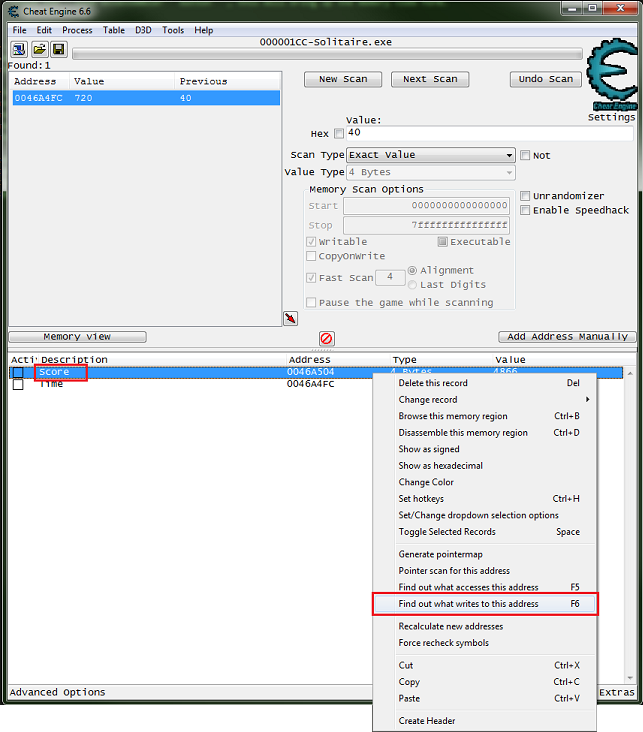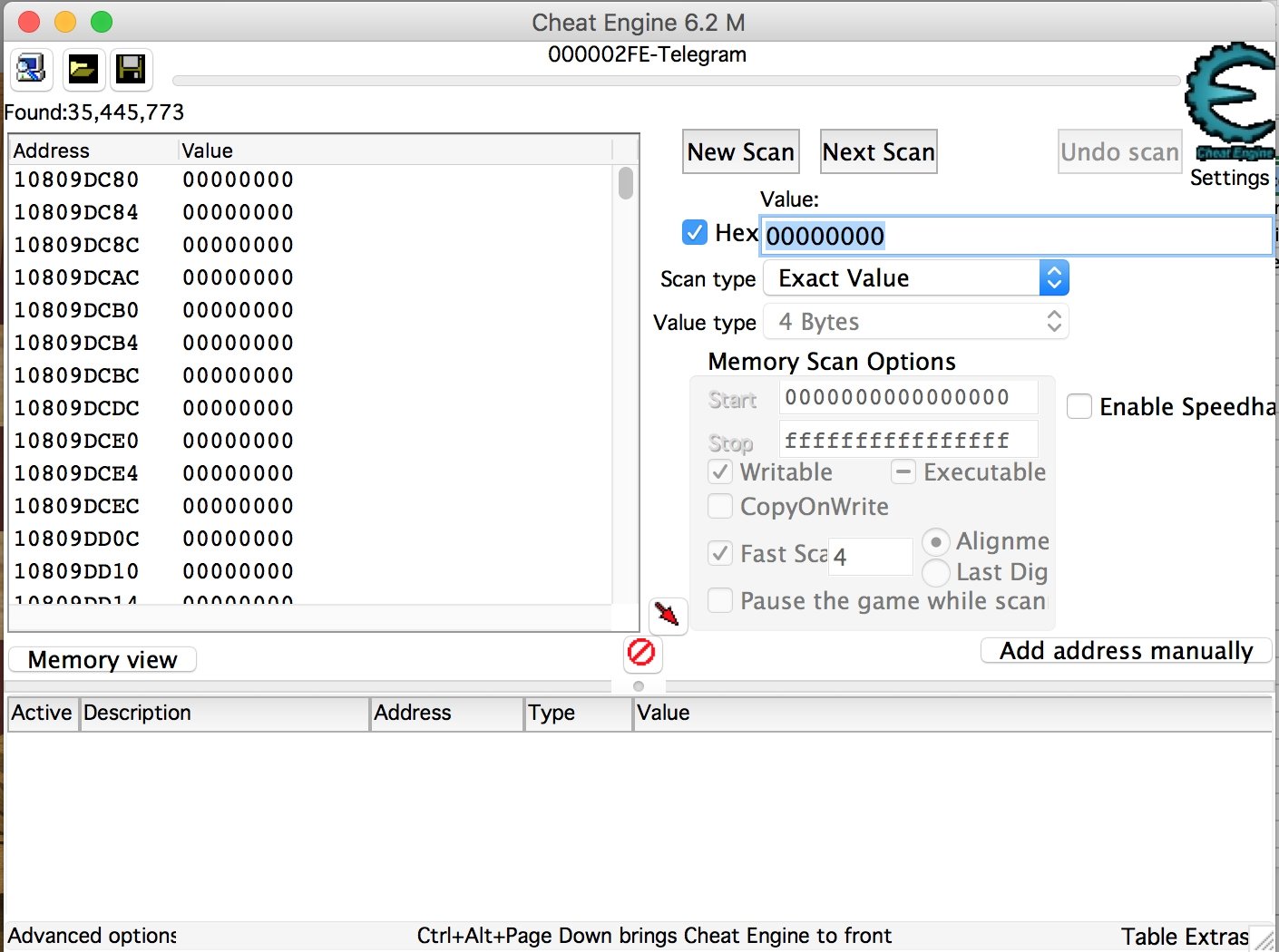- Cheat Engine Dll Injection Failed
- Cheat Engine Speedhack Dll Injection Failed
- Dll Injection Failed Cheat Engine 6.3
There are a lot of misconceptions about Windows 10 UWP Apps.
Most people think that you can’t do anything to them, in terms of modding or hacking.
Recently I got in the mood to mess around with XignCode since it looks like this section is struggling with it. For now I just want to release a method that makes a singular.dll injection completely undetected. The technique is really cheap, simple, and it's awkward that it even works. It works by forwarding the exported x3.xem dispatcher. Discussion on Cheat engine to DLL within the General Coding forum part of the Coders Den category., 12:43 #1. Jann0125 elite.gold: 0. The Black Market: 0.
Well, this is not true at all.
Cheat Engine Dll Injection Failed
In fact, you can do a whole heck of a lot with them and have fun in all sorts of ways. Including to mod the shit out of them.
Windows 10s UWP Apps are built upon Win32, which we all know and love (and/or hate to the core…)
Windows 8s UWP Apps are a slightly different story but who ever used that shit, right?
Here I’ll give you a quick rundown on how you can hack and mod the shit out of them.
We first begin with just reading and modifying things in memory, go over DLL-Injections and
Misconception #1: Cheating
To kick things off, let’s begin with something real easy… Cheatengine, which can also be used for way more than what its name implies.
Note: I don’t support cheating in (multiplayer) Games, but it’s here to prove a point.
A lot of people seem to think that there at least won’t be much cheating in Games when they are UWP exclusive, at least a single strong point for them, you might think.
But nope, Cheatengine just works perfectly fine. The inbuilt debugger from Cheatengine just plain works, too!
Here is a screenshot of Cheatengine modifying a text string in Forza Motorsport 6: Apex

I’ve also tried and casually played with x64dbg, but didn’t play around all too seriously, but I also expect it to work just fine for more serious usage (outside of cheating).
Misconception #2: Programs like FRAPS cannot and will never Work.
This is also everything else but true.
It is correct that FRAPS itself does not work, however, the latest FRAPS release was from February 2013.
Let that sink in for a minute.
But now, let us first look at how Programs like FRAPS, other in-game overlays, recording or benchmarking software even work.
Those programs, basically, work by hooking DirectX’s “End-Scene” call, which, as you might guess, is called at the end of every frame rendering.
Of course, this is slightly different when recording OpenGL or Vulkan or whatever but the general idea is the same.
How do they hook this function? They basically just inject a DLL and then hook the specific method.
So we’re talking about DLL-Injection and Function-Hooking, which also just works perfectly fine in UWP-Apps. with most, if not all, injection and hooking techniques.
But, and there is always a but, you have to look out for two things.
First:
The Window, in which the UWP app renders its content, is not owned by the Apps executable.
Instead “ApplicationFrameHost” does, and this is where FRAPS falls short since FRAPS directly targets the window, rather than the process itself.
Note: Because of this, you cannot create new windows, like message boxes for example, when injected in a UWP-App
Second:
The DLL you want to inject has to have “Read, Execute” as well as the “Read” permissions set for the “ALL APPLICATION PACKAGES”-Group
You can set this via the properties tab of the DLL-file but the name may differ depending on your system language.
You could also just use the following little code snippet which I’ve taken from StackOverflow (so don’t mind the “goto”s) to set the permissions programmatically.
Afterward, inject your DLL with your preferred injector/method, and your DLLs code will magically function.
Since UWP-Apps use the Win32 API under the hood, you can expect KernelBase.dll, Kernel32.dll, ntdll.dll, and user32.dll to be loaded in them. You will also find d2d1.dll and either d3d11.dll or d3d12.dll (used in a handful of apps) loaded in all UWP apps, including the new UWP calculator app.
For function hooking, as you might now expect, it works the same way it does for Win32 Programs.
A Handy little library which I’ve used for this is MinHook
So recording and benchmarking software and in-game overlays could work just fine.
An example of a perfectly fine working recording software would be Dxtory which was updated back in September 2015 to support UWP-Apps!
Misconception #3: You cannot create Mods
Well… Again you very well can create mods!
With Cheatengine, debuggers like x64dbg, and DLL-injection and function hooking working, there is nothing to stop anyone from modding the shit out of any UWP-App.
But let us begin with why this misconception exists in the first place.
Without taking control over the (hidden) “C:Program FilesWindowsApps” directory, or wherever you might have it, you cannot access the files of UWP-Apps. But you can just take control of this, and any subdirectories and its files without any problems.
You could also always just open up a shell as NT-Authority and access them that way.

If you just wanted to mod a simple config file or something you should be fine.
However, some Apps, not all of them, check if their files were tampered with. But that’s easily circumvented.
All you have to do is Hook the “CreateFileW“-Method in “KernelBase.dll“, monitor the file access and then reroute those access requests to load your modified version from some directory you can access just fine.
Unfortunately though, this method doesn’t appear to work for sound files or files that are streamed. If anyone has a fix for this, I’d love to know…
Here’s an example that does exactly what just described, using the previously mentioned MinHook library
A few more things
You can’t just launch a UWP-App like a regular Win32 Program using CreateProcess.
Luckily for us, M$ has provided us with the IApplicationActivationManager interface which lets developers launch UWP apps from regular Win32 programs.
You can get the AppUserModelID or “userModelId” called in code from the registry.
It’ is in an AppX_SOMESTRING_ container in HKEY_CLASSES_ROOT
You can get the AppUserModelID or “userModelId” called in code from the registry.
It’ is in an AppX_SOMESTRING_ container in HKEY_CLASSES_ROOT
If we want to do something to an App before it is launched, we can suspend it before that
Using the code above, your program will hang until the app is resumed as it is waiting on the app to reply back to the IApplicationActivationManager on its launch status. To resume the app, you can simply specify the path to your executable file when enabling debugging:
Windows will pass the process ID for the app process to the executable acting as the debugger using the command line argument -p followed by the process ID. From the debugger executable, you can do whatever you want to while the app is suspended such as injecting mods, and finally resume the app using NtResumeProcess.
Here’s an example of the main() function from such “debugger executable”
Using the code above, your program will hang until the app is resumed as it is waiting on the app to reply back to the IApplicationActivationManager on its launch status. To resume the app, you can simply specify the path to your executable file when enabling debugging:
Windows will pass the process ID for the app process to the executable acting as the debugger using the command line argument -p followed by the process ID. From the debugger executable, you can do whatever you want to while the app is suspended such as injecting mods, and finally resume the app using NtResumeProcess.
Here’s an example of the main() function from such “debugger executable”
Important note: Call
Before you launch an App or do anything call this afterward:
How many times did you saw “Failure enabling speedhack dll injection failed”? Now you will see how to enable speedhack in Chrome browser. Google Chrome is a bit different from other browsers, as it has different method of handling opened tabs. In fact, Chrome based browsers open every tab or add-on in sandbox mode, which is very limited environment. For example, they do not have access to hard drive. It is very useful for stability and security of the browser, but it make it harder to find right process or to use speedhack in Chrome. If you try to use Cheat Engine speedhack on some process in Chrome, you would see error message like this:
Failure determining what realgettichcount means
Or another version of the same error: “Failure enabling speedhack .dll injection failed”. As we said, tabs opened in sandbox mode do not have access to hard drive, which is required to use speedhack, because CE is injecting .dll file. As a result, there is failure enabling speedhack.
How-to
To make it work, first we have to start Chrome in normal environment. It can be done by starting our browser with command line flag. The parameter we need to add is “-no-sandbox“.
In Windows OS, first we have to close any running Chrome process in Task Manager. After that, follow this steps.
- Make a copy of Chrome shortcut and place it on Desktop
- Rename it if you want (this is not necessary, but it will be easier for you to know which shortcut is for no sandbox mode).
- Right click on newly created shortcut and click on Properties.
- In Properties window, you should see Target text box, with Chrome executable file path already written in.
At the end of the path, after “ mark, press Space, and add -no-sandbox. - The full path should now look like this:
- Apply changes that we made, and close Properties window.
Google Chrome Properties
After you start our new shortcut, Chrome browser will warn us about no-sandbox mode that is activated. Just ignore this warning, and continue with the final step.
Now we only have to find right process in CE. If you don’t know how to do this, just follow this tutorial (How to find right process in Chrome with Cheat Engine).
And that’s it. In CE click on Enable Speedhack, and .dll injection will work.
P.S. In most online games, speedhack won’t work, because they only use server time. As an example, in most games where you get one energy point every fire or ten minutes, when you use speedhack, you will get one energy point every ten seconds or so. But after some time, or when you log in again, energy will be reseted to correct value.
P.S.S. If you have to open no-sandbox Chrome on different OS, you can find tutorials on The Chromium Projects web (LINK).
Cheat Engine Speedhack Dll Injection Failed
Happy cheating.
Dll Injection Failed Cheat Engine 6.3
